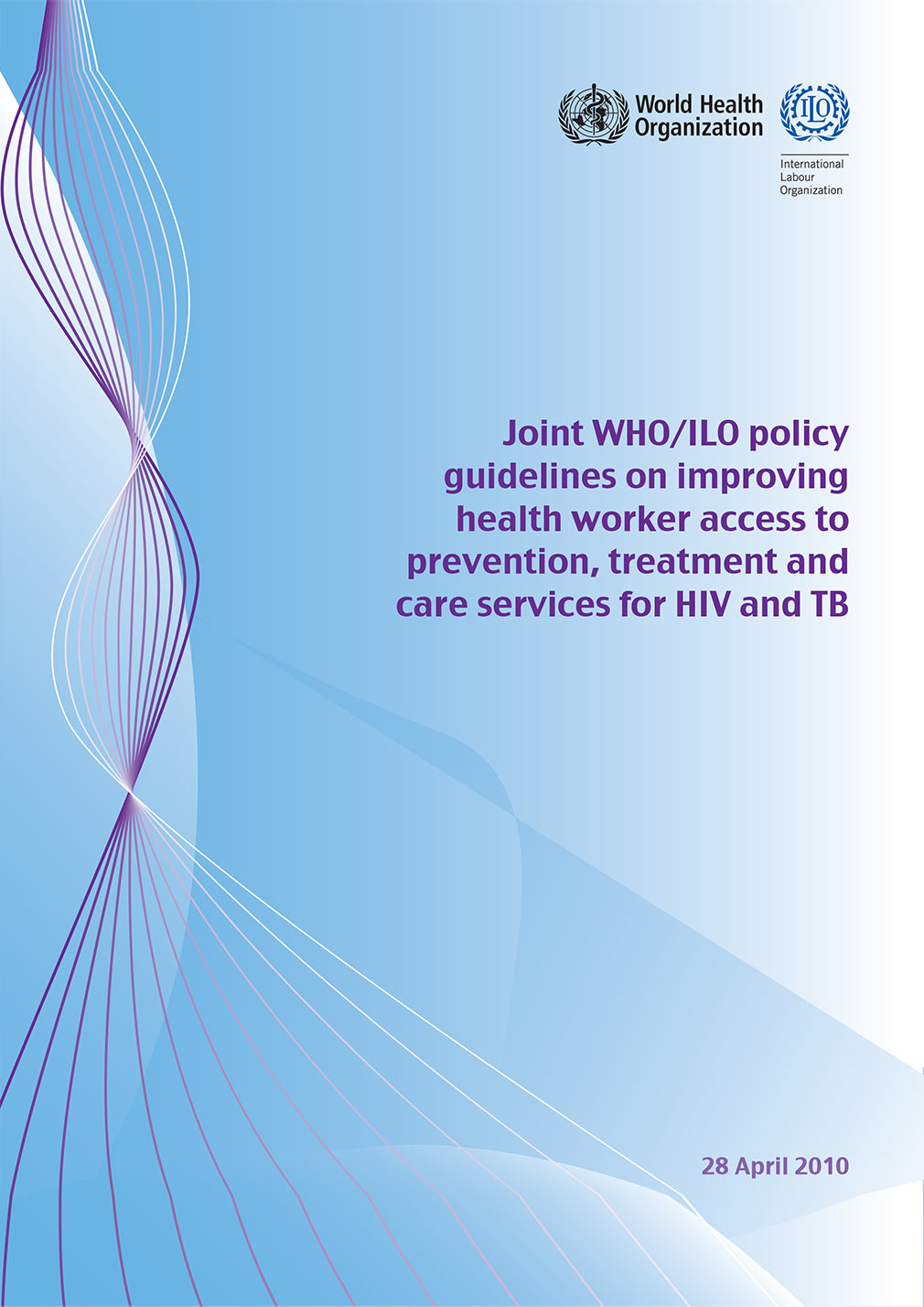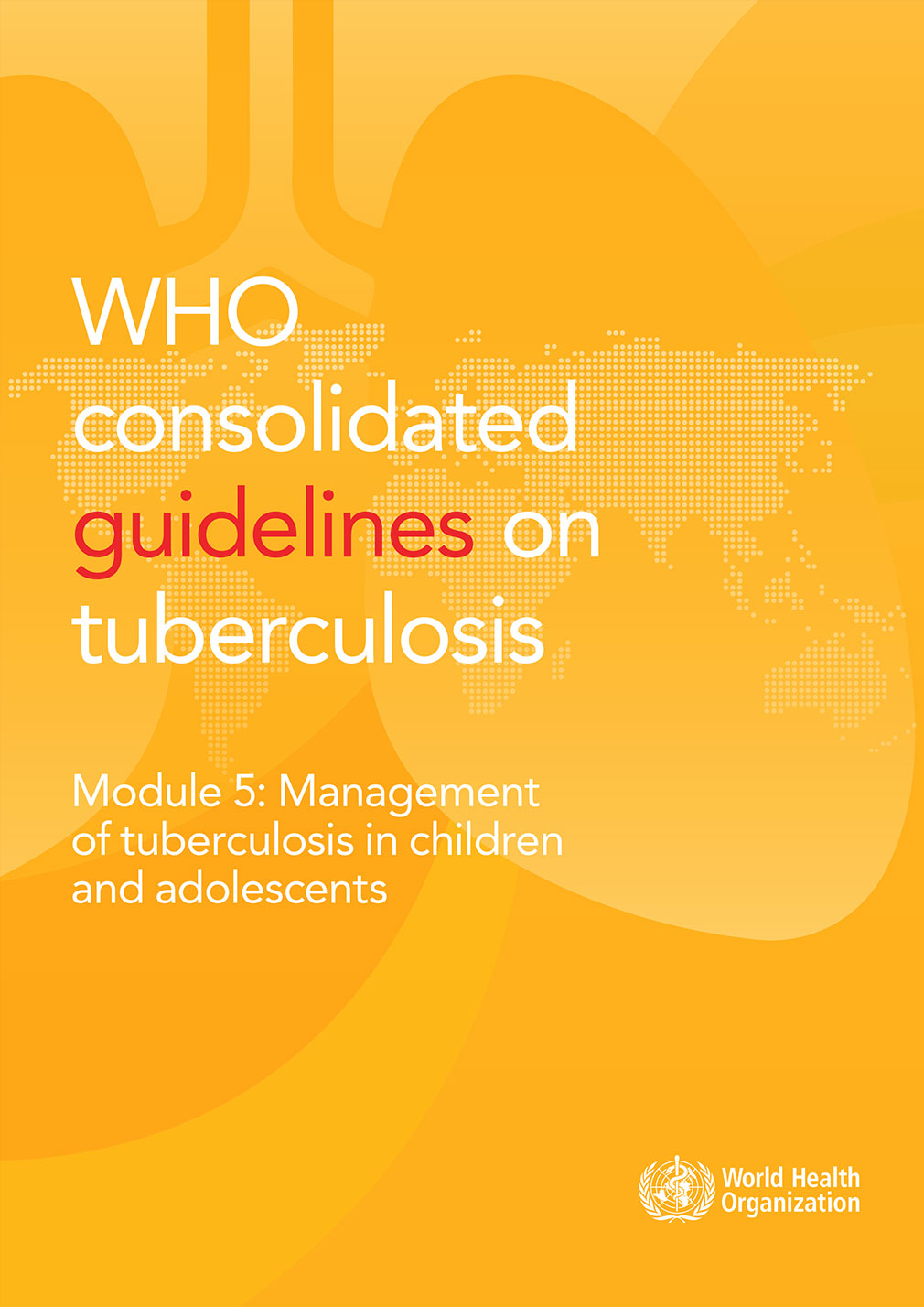1.3 Values
As shown in the list of the members of the Guideline Group (GG) as well as the list of other organizations consulted, the development of these guidelines has been a collaborative process involving not only all regions of the WHO, several WHO departments, the ILO, UNAIDS (The Joint United Nations Programme on HIV), IOM, Global Health Workforce Alliance (GHWA), Public Services International (PSI), International Council of Nurses (ICN) and other international organizations, but also involved people living with HIV and AIDS.
 Feedback
Feedback
